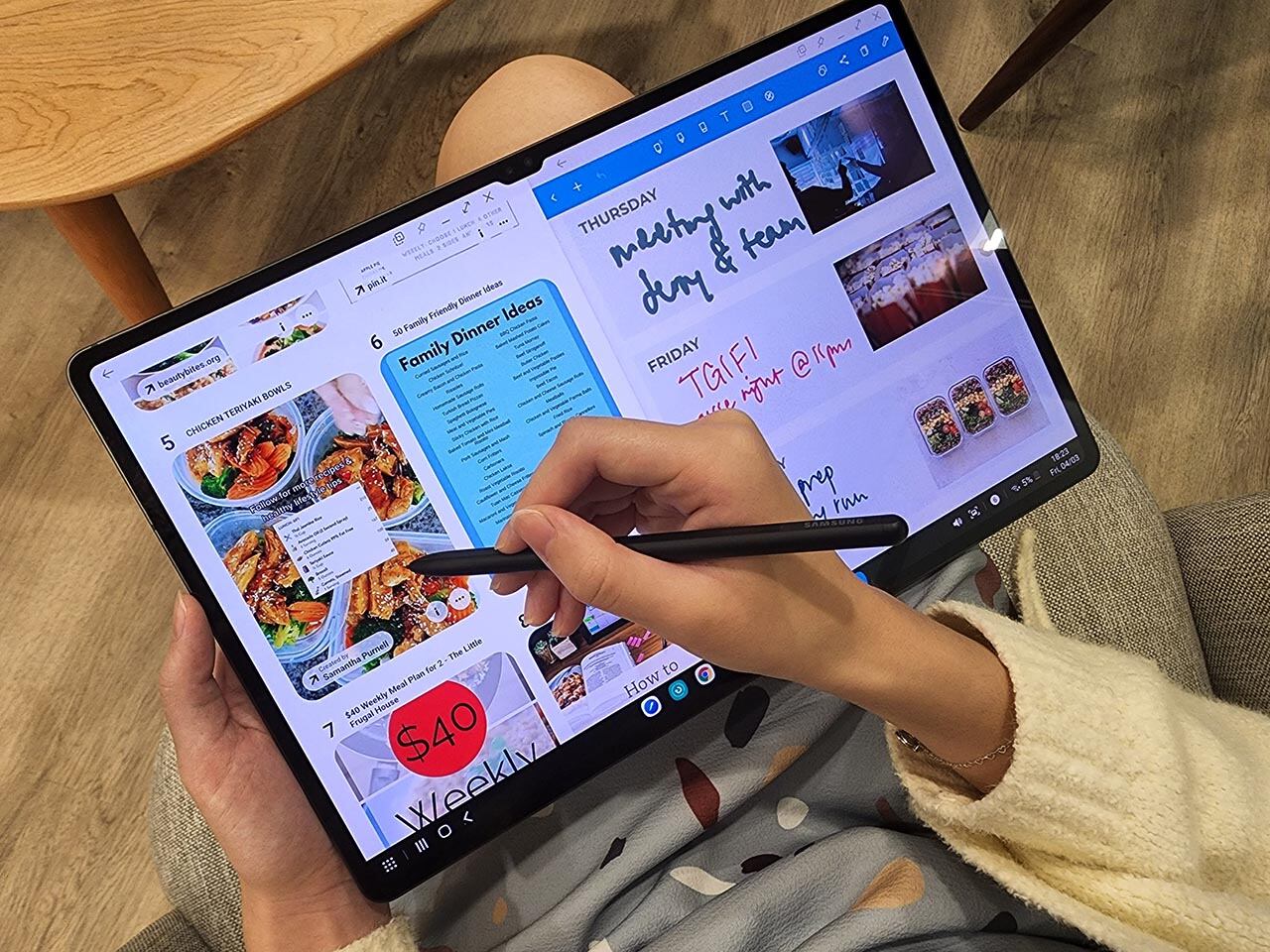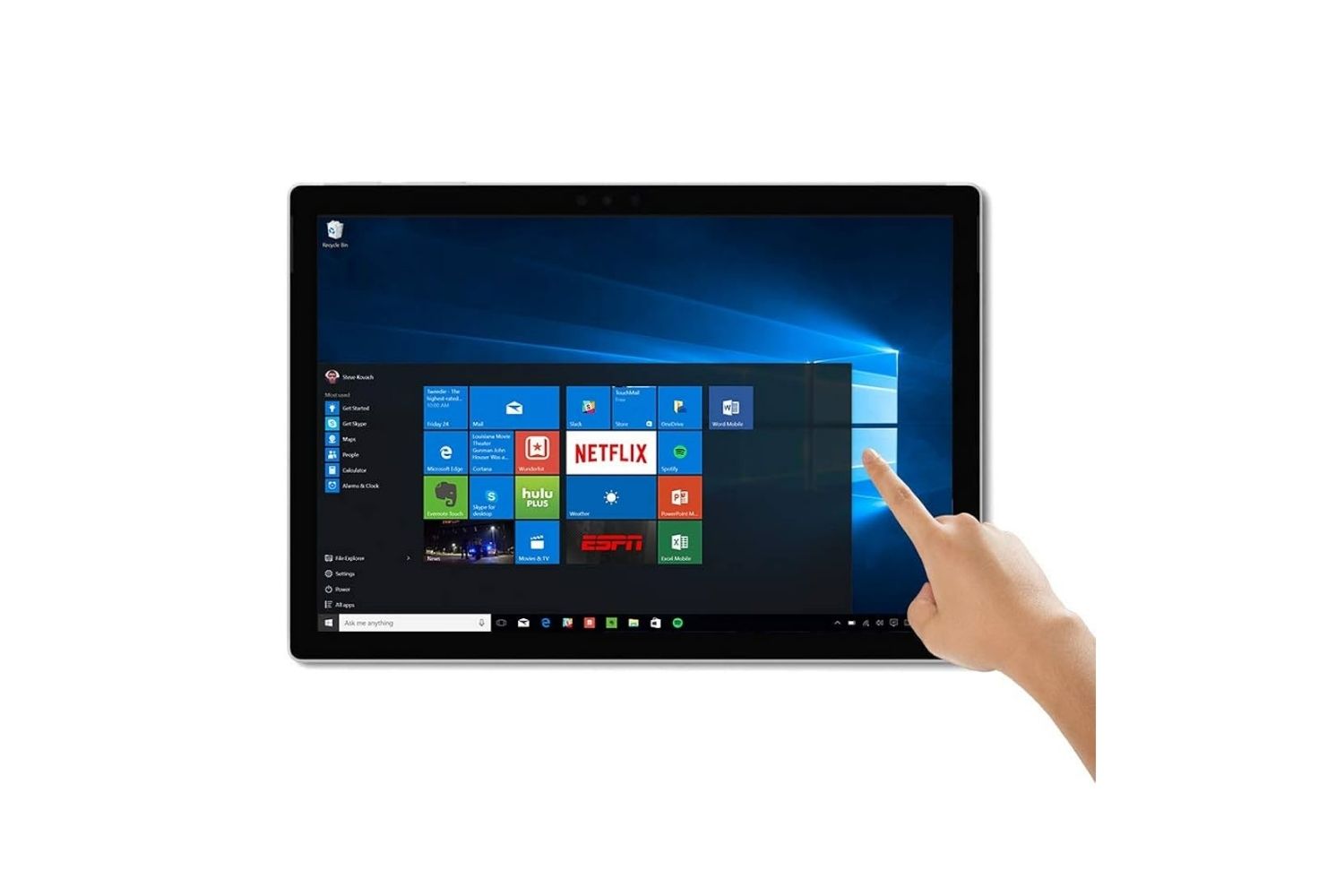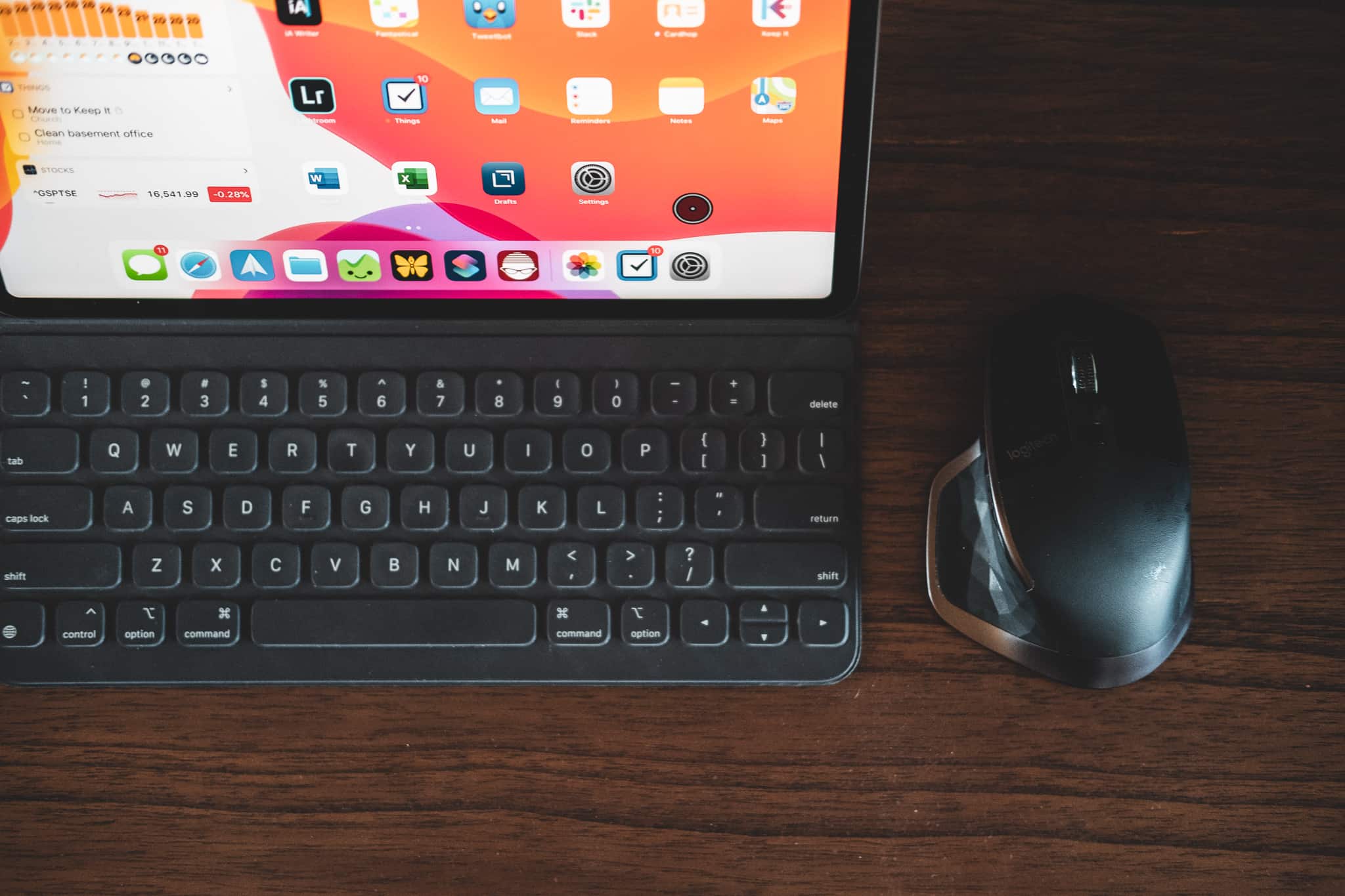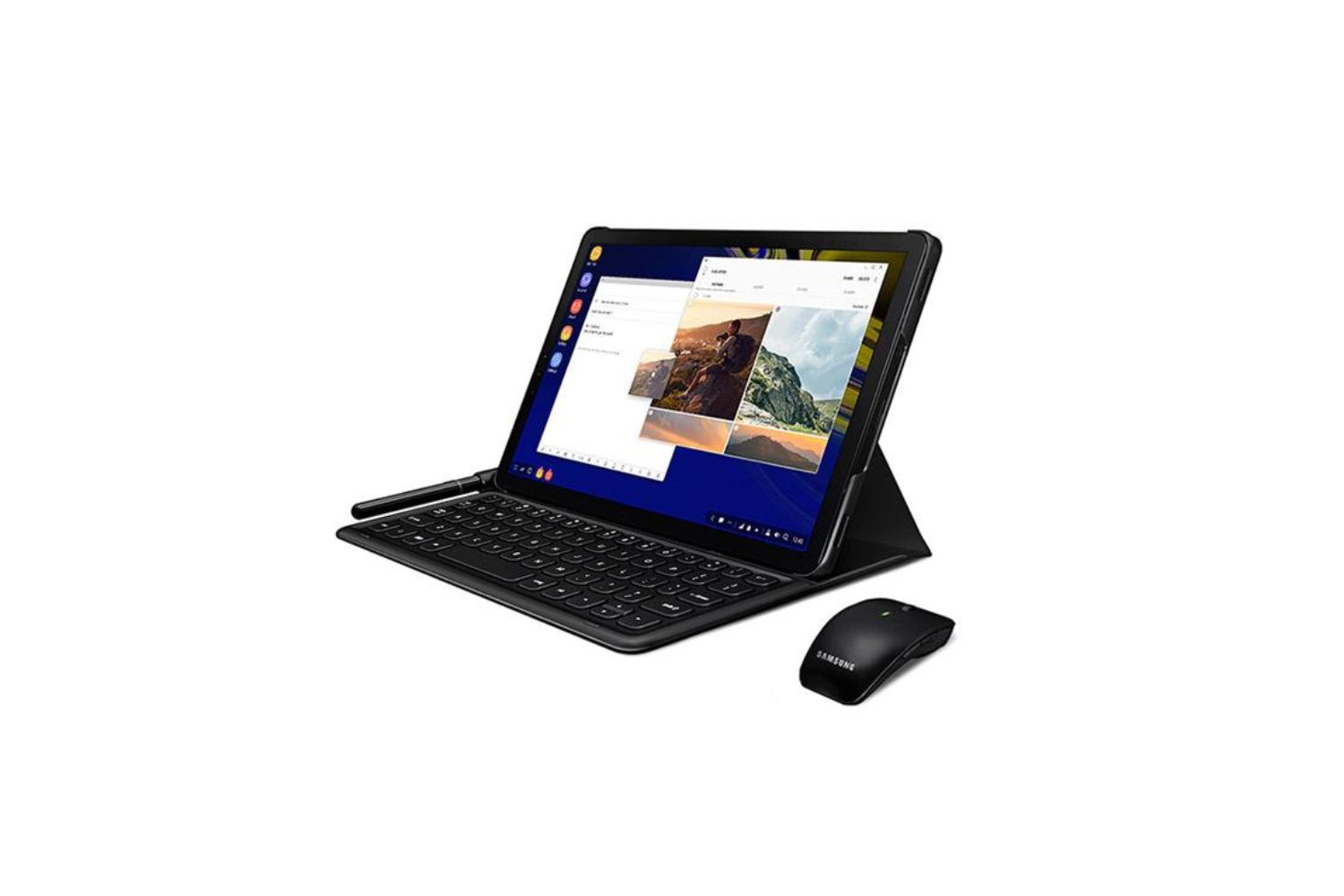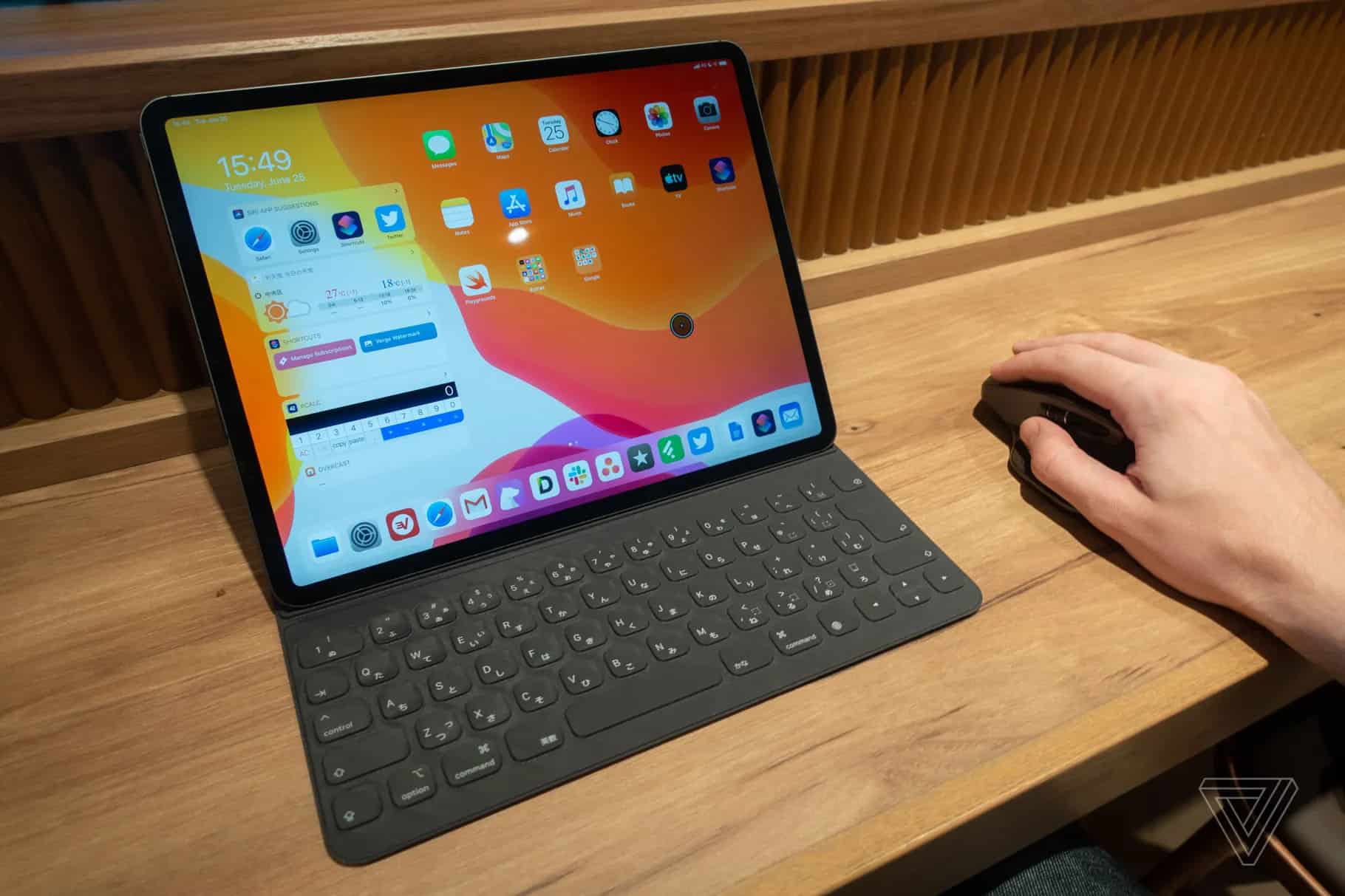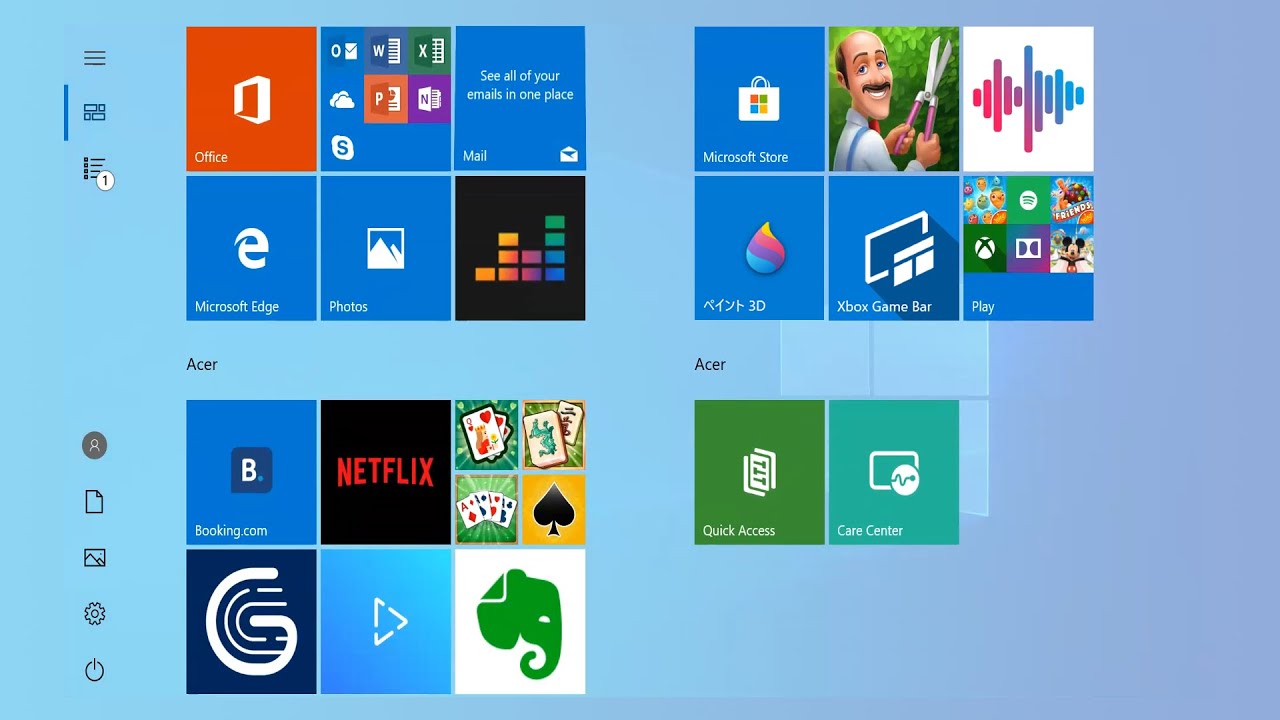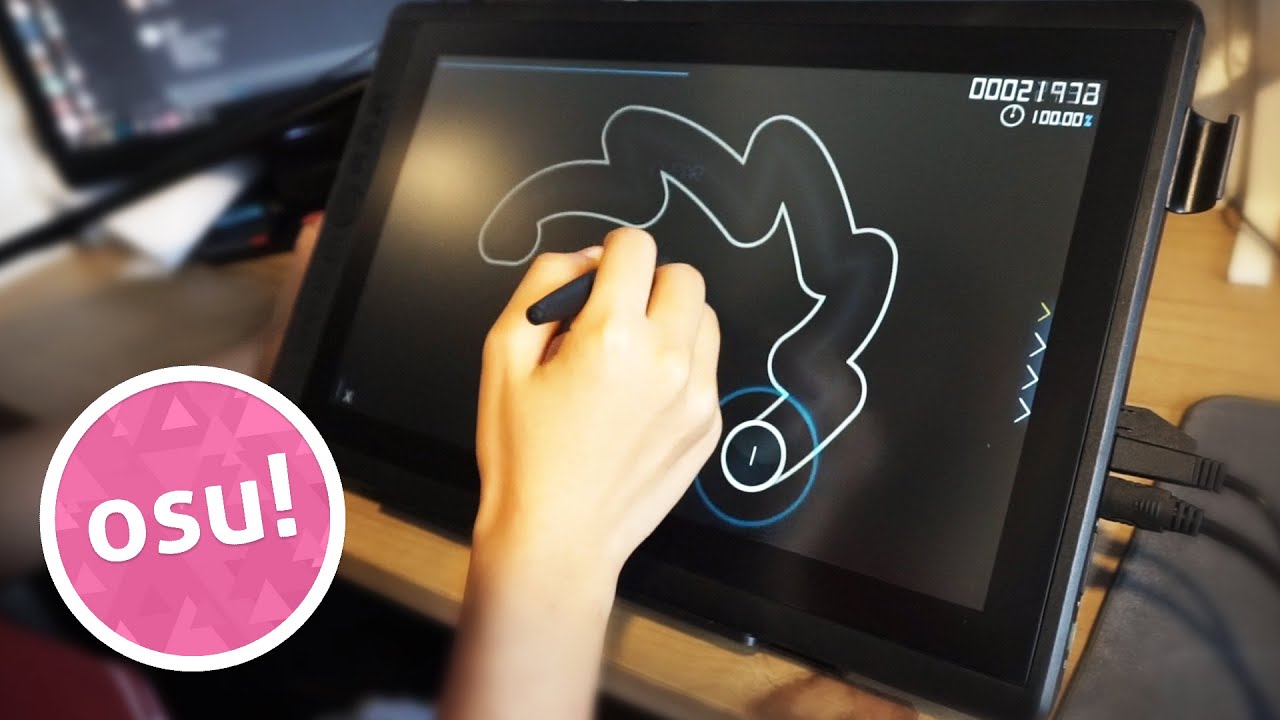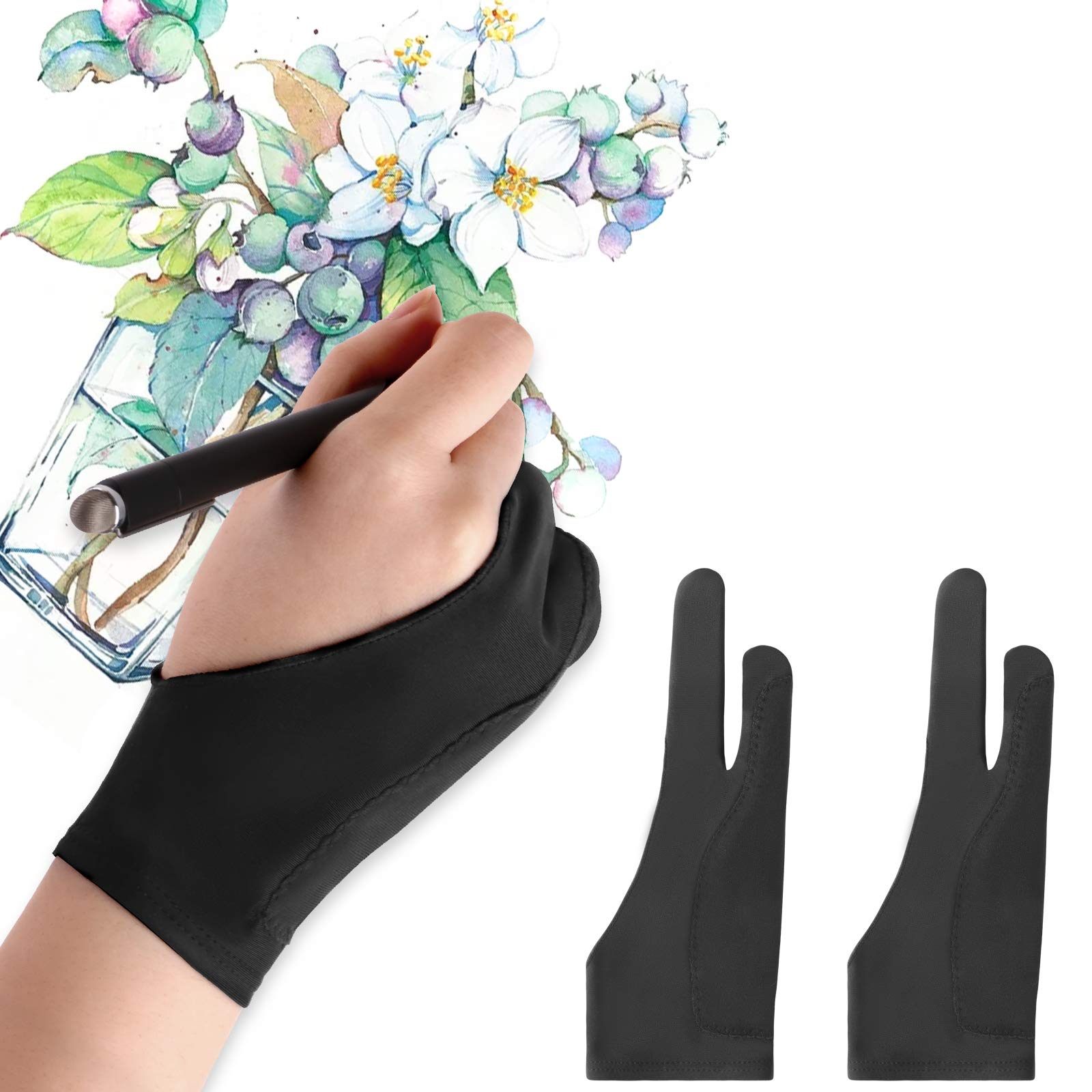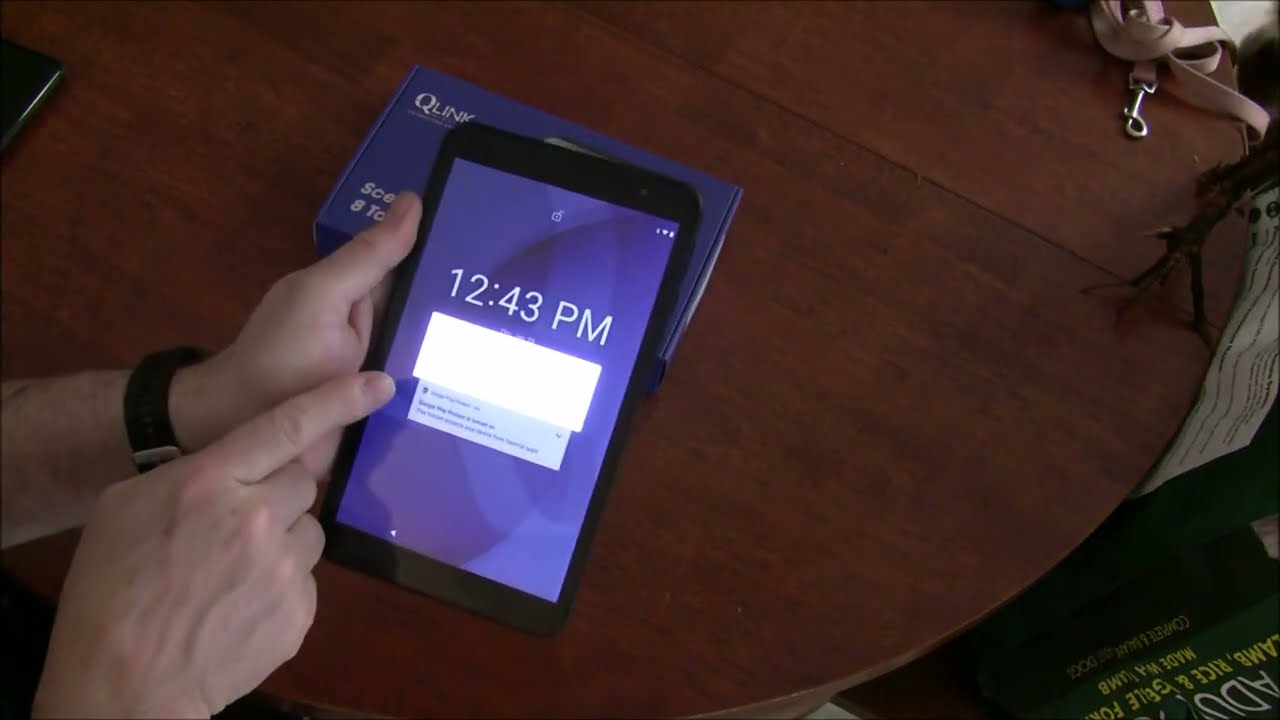Introduction
Welcome to the world of tablets! With the ever-growing technological advancements, tablets have become a popular choice for both personal and professional use. These portable devices have revolutionized the way we browse the internet, consume media, and stay connected on the go. However, with a plethora of options available in the market, choosing the right tablet can be a daunting task.
Tablets offer a range of features, specifications, and price points to cater to different needs and preferences. Whether you’re a student looking for a device to take notes in class, a professional needing a powerful tool for productivity, or simply a casual user who wants to browse the internet and stream videos, there is a perfect tablet out there for you.
In this article, we will explore the key factors to consider when choosing a tablet that is right for you. From operating systems and screen size to performance and battery life, we will delve into the essential aspects that can help you make an informed decision. By the end, you’ll have a clearer understanding of what you should look for in a tablet and be well-equipped to choose the best one for your needs. So, let’s dive in!
Operating Systems
When it comes to tablets, one of the first things to consider is the operating system (OS) that powers the device. The OS plays a crucial role in determining the user experience, available apps, and overall functionality of the tablet.
There are three primary operating systems dominating the tablet market: Apple’s iOS, Google’s Android, and Microsoft’s Windows. Each OS has its strengths and weaknesses, so it’s important to choose one that aligns with your needs and preferences.
iOS, exclusively available on Apple iPads, offers a seamless and user-friendly interface. With a focus on simplicity and intuitive design, iOS provides a smooth and enjoyable user experience. It offers a vast selection of high-quality apps optimized for iPad, making it a great choice for those seeking a wide range of productivity, creativity, and entertainment options.
On the other hand, Android offers a more customizable and versatile experience. With a variety of brands manufacturing Android tablets, you have the freedom to choose from a wide range of devices that suit your budget and requirements. Android also boasts a massive app store, providing access to millions of apps, including popular ones like Google Suite, social media platforms, and games.
Windows tablets are a compelling option for users who prefer a seamless integration with their PC or laptop. Windows tablets run on the full Windows operating system, allowing you to use desktop applications and access files seamlessly. These tablets excel in productivity, offering a familiar interface and compatibility with a wide range of software.
Ultimately, the choice of operating system depends on your specific needs and comfort level with a particular ecosystem. If you’re already invested in the Apple ecosystem or prioritize simplicity, iOS might be the way to go. If you prefer customization and flexibility, Android is a solid choice. And if seamless integration with your PC is a priority, Windows tablets are worth considering.
Screen Size and Resolution
When choosing a tablet, screen size and resolution are important factors to consider. The size of the tablet’s display determines the overall portability and usability, while the resolution determines the clarity and sharpness of the visuals.
Tablets come in a range of screen sizes, typically measured diagonally. Smaller tablets, such as those with 7 to 8-inch screens, are compact and lightweight, making them ideal for on-the-go use and one-handed operation. These smaller tablets are perfect for reading e-books, browsing the web, and casual gaming. On the other end of the spectrum, larger tablets with screen sizes ranging from 10 to 13 inches offer a more immersive experience for tasks like movie-watching, graphic design, and productivity.
In addition to screen size, the resolution of the display plays a vital role in the overall visual experience. Resolution is measured in pixels and represents the number of pixels horizontally and vertically on the screen. The higher the resolution, the crisper and more detailed the images will appear. Common resolutions for tablets include HD (1280×800 pixels), Full HD (1920×1080 pixels), and QHD (2560×1600 pixels).
It’s important to match the screen size with the intended use of the tablet. If you primarily use the tablet for reading, browsing, and light tasks, a smaller screen with a lower resolution will suffice. However, if you require a tablet for tasks that demand detailed visuals, such as photo editing or watching high-definition videos, opting for a larger screen with a higher resolution is recommended.
Ultimately, the choice of screen size and resolution comes down to personal preference and the intended usage of the tablet. Consider your needs, the tasks you will be performing, and how you plan to use the tablet to determine the ideal screen size and resolution that will enhance your overall tablet experience.
Performance and Processing Power
When it comes to tablets, performance and processing power are crucial factors that determine the device’s speed, multitasking capabilities, and overall responsiveness. A powerful tablet ensures smooth performance, quick app launches, and efficient handling of resource-intensive tasks.
The performance of a tablet is primarily determined by its processor, RAM, and storage capacity. The processor, also known as the CPU (central processing unit), is the brain of the device that handles all computations and instructions. The higher the processor’s speed and number of cores, the faster and more efficient the tablet will be in running demanding applications and multitasking.
RAM (random access memory) is another important aspect that affects a tablet’s performance. It is responsible for temporarily storing data and applications that are currently in use. The more RAM a tablet has, the smoother it will be able to handle multiple apps simultaneously without lagging or slowing down.
Storage capacity plays a role in the tablet’s performance as well. It refers to the amount of internal storage available to store apps, files, and multimedia content. Opting for a tablet with higher storage capacity allows you to have more space for your digital library and prevents the device from getting overcrowded, thus maintaining its performance.
When considering performance and processing power, it’s essential to evaluate your usage patterns. If you’re a casual user who mainly engages in web browsing, multimedia streaming, and basic tasks like email and document editing, a tablet with a mid-range processor, 2-4GB of RAM, and 32-64GB of storage should suffice.
However, if you’re a power user who engages in resource-intensive tasks such as gaming, video editing, or running professional applications, it’s recommended to opt for a tablet with a higher-end processor, 4-8GB of RAM, and 128GB or more of storage capacity.
Keep in mind that higher performance specifications often come with a higher price tag. Therefore, it’s important to strike a balance between your budget and the level of performance that aligns with your needs.
Storage Options
The storage capacity of a tablet plays a crucial role in determining how much content you can store on the device, including apps, photos, videos, and documents. When considering storage options for a tablet, there are generally two main types: internal storage and expandable storage.
Internal storage, also known as built-in storage, refers to the storage capacity that is integrated into the tablet itself. These tablets typically come with a fixed amount of storage space, such as 32GB, 64GB, or 128GB. The advantage of internal storage is that it offers fast and reliable access to your files and apps. However, the downside is that it may have limitations in terms of capacity, and once you reach the storage limit, you may need to consider deleting old files or apps to make space for new ones.
Expandable storage, on the other hand, refers to the ability to use external memory cards, such as microSD cards, to increase the storage capacity of the tablet. This option is particularly useful if you anticipate the need for additional storage space in the future, as you can easily expand the storage by inserting a compatible memory card. With expandable storage, you have the flexibility to add or remove memory cards as needed to accommodate your growing digital library. However, it’s important to check the maximum capacity supported by the tablet and choose a high-quality memory card to ensure optimal performance and reliability.
When deciding on the storage options for a tablet, consider your usage habits and the type of content you plan to store. If you primarily use the tablet for basic tasks, such as browsing the web, checking emails, and streaming music and videos, a tablet with a moderate internal storage capacity may be sufficient.
However, if you anticipate storing large media files, such as high-definition videos or a large collection of photos, or if you need to install and use a wide range of apps, opting for a tablet with a larger internal storage capacity or expandable storage option is recommended.
Remember that the availability of storage options may vary between tablet models and brands. It’s important to carefully consider your storage needs and choose a tablet that offers the right balance between convenience, flexibility, and capacity.
Connectivity
When selecting a tablet, it’s important to consider the connectivity options it offers. Connectivity determines how the tablet interacts with other devices, networks, and the internet. Different connectivity features can greatly enhance the functionality and usability of a tablet.
One of the primary connectivity options to look for is Wi-Fi. Wi-Fi allows your tablet to connect to the internet wirelessly, enabling you to access online content, stream videos, and browse the web without the need for a physical connection. Most tablets come with built-in Wi-Fi capabilities, but it’s essential to check for the latest Wi-Fi standards (such as Wi-Fi 5 or Wi-Fi 6) for faster and more reliable internet speeds.
In addition to Wi-Fi, some tablets offer cellular connectivity, often referred to as LTE or 4G/5G. This allows you to connect to the internet using a data plan and access the internet anywhere you have cellular coverage. Cellular connectivity is especially beneficial if you frequently travel or need internet access on the go, but it typically comes at an additional cost and requires a data plan from a cellular provider.
Another important connectivity option to consider is Bluetooth. Bluetooth allows for wireless communication between your tablet and other compatible devices, such as headphones, speakers, keyboards, and mice. This feature enhances the versatility of your tablet and enables seamless integration with other wireless accessories.
Some tablets also come with additional connectivity options, such as USB ports or a microSD card slot. USB ports can be useful for connecting external storage devices, peripherals, or charging other devices. A microSD card slot provides expandable storage options, as mentioned earlier, allowing you to easily transfer and access files.
It’s worth mentioning that the availability and range of connectivity options may vary depending on the tablet model. Therefore, it’s crucial to identify your specific needs and ensure that the tablet you choose offers the necessary connectivity features to fulfill those requirements.
Remember, connectivity options can significantly impact your tablet’s usability and convenience. Assess your usage patterns, such as whether you require constant access to the internet, the need to connect external devices, or the desire for expandable storage options, to make an informed decision regarding the connectivity capabilities that will best suit your needs.
Battery Life
Battery life is a crucial factor to consider when choosing a tablet, as it determines how long the device can run on a single charge. A tablet with a longer battery life ensures uninterrupted usage, especially when you’re on the go or away from a power source.
Battery life can vary greatly depending on various factors, including screen brightness, processor power, background apps, and usage patterns. Therefore, it’s important to consider the estimated battery life provided by the manufacturer, although these numbers may not always accurately reflect real-world usage.
Generally, tablets can offer anywhere from 6 to 12 hours or more of battery life, depending on the device and its usage. It’s important to keep in mind that battery life can be impacted by factors such as multimedia playback, gaming, and multitasking, which tend to drain the battery more quickly.
When assessing battery life, it’s essential to consider your typical usage patterns. If you primarily use the tablet for browsing the web, reading e-books, or light productivity tasks, a tablet with a longer battery life will give you the freedom to use it without having to constantly worry about recharging.
On the other hand, if you engage in more power-intensive activities, such as gaming, video editing, or streaming high-definition content, it’s important to choose a tablet with a battery life that can support these tasks without requiring frequent charging.
Keep in mind that factors such as the screen size and brightness settings can impact battery life significantly. Tablets with larger screens and higher brightness settings generally consume more power, leading to shorter battery life. Adjusting the screen brightness and optimizing energy-saving settings can help extend the battery life of your tablet.
Additionally, it’s worth considering the charging options and time required to fully charge the tablet. Some tablets support fast charging, which can significantly reduce charging time and minimize downtime.
Overall, it’s crucial to assess your usage needs and prioritize a tablet with a battery life that aligns with your usage patterns. Consider your typical tasks, the frequency of use, and the availability of charging options to ensure that the tablet’s battery life will meet your needs and provide a seamless and uninterrupted user experience.
Cameras and Multimedia Features
In today’s digital age, the camera and multimedia features of a tablet have become increasingly important for many users. Tablets now offer built-in cameras and various multimedia capabilities that enhance the overall user experience.
When considering cameras, it’s important to determine the quality and resolution of both the front and rear cameras. The rear camera is primarily used for capturing photos and videos, while the front camera is used for video calls and selfies. Higher resolution cameras offer sharper and more detailed images, while additional features like image stabilization and autofocus can improve the overall photo and video quality.
Tablets with better cameras are well-suited for those who want to take high-quality photos or record videos on the go. This can be especially useful for creatives, vloggers, or individuals who enjoy capturing memories and sharing them with others.
In addition to cameras, multimedia features such as speakers and display quality greatly enhance the entertainment experience on a tablet. Tablets with stereo speakers or those equipped with Dolby Atmos technology deliver immersive audio for an enhanced movie-watching or music-listening experience.
Display quality is another important aspect to consider. Tablets with high resolution and vibrant displays provide stunning visuals, making them ideal for multimedia consumption, gaming, or viewing photos and videos with exceptional clarity. Features like HDR (high dynamic range) support can improve color accuracy and contrast, adding to the overall visual experience.
Moreover, some tablets offer additional multimedia features such as support for external accessories like stylus pens, which are perfect for artists and note-takers, or compatibility with streaming platforms and services like Netflix or Spotify.
When evaluating camera and multimedia features, consider your personal preferences and how you plan to use the tablet. If you’re primarily interested in media consumption, a tablet with high-quality speakers and an excellent display can greatly enhance your enjoyment. On the other hand, if you prioritize photography or videography, a tablet with higher resolution cameras and advanced features may be more suitable.
It’s important to note that tablet cameras may not match the quality of dedicated digital cameras or smartphones, but they can still serve as a convenient option for capturing memories and indulging in multimedia activities on a larger screen.
Assess your needs and interests to ensure that the tablet’s camera and multimedia features align with your expectations and provide the desired functionality for an optimal user experience.
Price Range
Price is an important consideration when choosing a tablet, as it determines the affordability and value for money that you can expect from the device. The price range of tablets can vary significantly, depending on the brand, model, specifications, and features offered.
Entry-level tablets tend to be more budget-friendly, with prices ranging from around $100 to $300. These tablets generally offer basic functionality, suitable for casual users who primarily engage in tasks like web browsing, social media, and light productivity. While they may not have the most advanced features or high-resolution displays, they are a cost-effective option for basic tablet needs.
Mid-range tablets, priced between $300 and $600, offer a better balance of specifications and performance. They often come with higher-quality displays, more storage options, and faster processors. Mid-range tablets are ideal for users who require a more capable device for multitasking, media consumption, and moderate gaming.
On the higher end of the price spectrum are premium tablets, which can cost upwards of $600 and even surpass $1,000. These tablets offer top-of-the-line specifications, cutting-edge features, and premium build quality. They are designed for power users, professionals, and enthusiasts who demand the best performance, highest-resolution displays, exceptional cameras, and advanced features like stylus support or cellular connectivity.
When considering the price range, it’s important to evaluate your usage requirements and budget constraints. Think about the tasks you will primarily be using the tablet for and how long you expect the device to meet your needs. If you’re a casual user with basic tablet needs, an entry-level or mid-range tablet may be sufficient. However, if you rely on your tablet for more demanding tasks or require advanced features, investing in a premium tablet may be worth considering.
It’s also worth noting that tablets from different manufacturers may offer similar specifications at different price points. Research and compare different brands and models to find the best value for your money. Additionally, keeping an eye out for deals, promotions, or purchasing older models can help you save some money while still getting a high-quality tablet.
Ultimately, the price range you choose will depend on your budget and the level of performance, features, and overall user experience that you seek. Balancing your needs and preferences with your budget will lead to selecting a tablet that offers the best value for your investment.
Personal Preference and User Experience
When it comes to choosing the right tablet for you, personal preference and user experience play a significant role in the decision-making process. Each individual has unique needs, preferences, and comfort levels that contribute to their overall satisfaction with a tablet.
Consider factors like design and form factor. Do you prefer a sleek and slim design, or are you more comfortable with a bulkier tablet that offers additional functionality, such as a kickstand or detachable keyboard? Think about how the tablet feels in your hands and whether it’s easy to hold and carry for extended periods.
Another aspect to consider is the user interface and ease of use. Some individuals prefer a simple and intuitive interface, while others may appreciate customizability and advanced settings. Determine the level of complexity you’re comfortable with and consider the operating system that aligns with your preferences.
Accessibility features are also essential to consider, especially if you have specific needs or preferences. Look for tablets that offer features like text-to-speech, color adjustments, font customization, or compatibility with assistive technologies. These features can greatly enhance the user experience and make the tablet more accessible to a wider range of users.
Additionally, user reviews and recommendations can provide valuable insights into the user experience of a particular tablet. Reading reviews from users who have similar needs or usage patterns as you can help understand the real-world performance, reliability, and satisfaction level of a tablet.
Ultimately, the best way to determine your personal preference and user experience is to try out different tablets hands-on, if possible. Visit retail stores or attend technology expos to get a feel for the devices and interact with their features. Pay attention to factors like touchscreen responsiveness, button placement, and overall usability.
Remember, finding the right tablet is not only about specifications and features; it’s also about how the device resonates with you and suits your lifestyle and preferences. By understanding your personal needs and experiences, you can make a more informed decision and choose a tablet that brings you joy and enhances your digital life.
Conclusion
Choosing the right tablet is an important decision that can greatly impact your digital experience. By considering the various factors discussed in this article, you can make an informed choice that aligns with your needs, preferences, and budget.
Operating systems play a key role in determining the user experience, with options like iOS, Android, and Windows catering to different ecosystems and preferences. When it comes to screen size and resolution, consider your usage patterns and preferences for optimal comfort and visual clarity.
Performance and processing power should be considered based on your intended usage, with more demanding tasks requiring higher-end specifications. Storage options should match your content needs, whether it’s internal storage or expandable options like microSD cards.
Connectivity features like Wi-Fi, cellular data, and Bluetooth allow seamless integration and connectivity to the world around you. Battery life should align with your usage patterns to ensure that you can use the tablet for extended periods without frequent charging.
The camera and multimedia features enhance the entertainment and creative capabilities of the tablet, so choose a device that meets your requirements in terms of camera quality, display resolution, and audio quality.
Price range is a determining factor and should be balanced with the level of performance and features you desire. Finally, personal preference and user experience are important aspects when selecting a tablet, ensuring that it feels comfortable, intuitive, and meets your individual needs.
With these considerations in mind, take the time to research, compare, and try out different tablets before making your final decision. Remember that the right tablet for you is the one that meets your specific requirements and brings you joy and convenience in your digital journey.







